IMF raises India's growth forecast for 2025/26 despite US tariff hikes
The IMF lifts India’s FY26 growth outlook to 6.6%, citing resilient domestic demand despite pressure from steep U.S. tariffs.
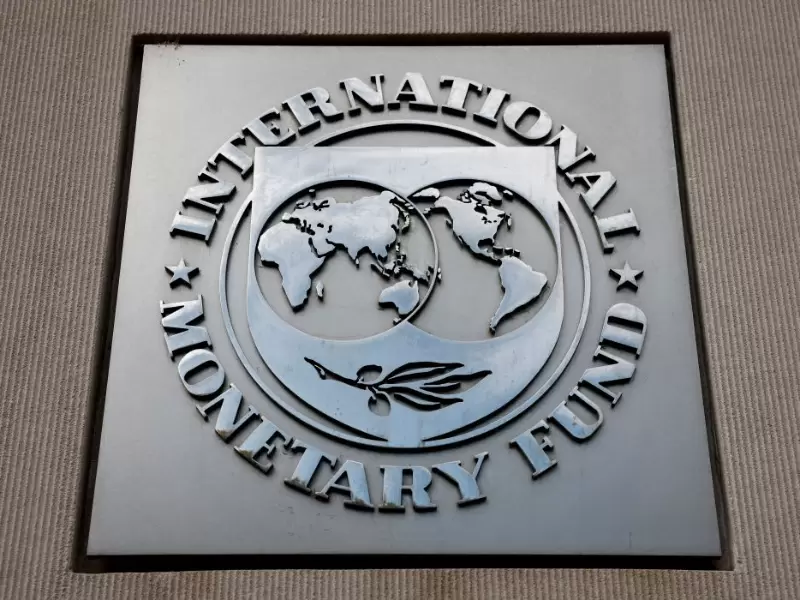 FILE PHOTO: A view of the International Monetary Fund (IMF) logo at its headquarters in Washington, D.C., U.S., November 24, 2024. / REUTERS/Benoit Tessier/File Photo
FILE PHOTO: A view of the International Monetary Fund (IMF) logo at its headquarters in Washington, D.C., U.S., November 24, 2024. / REUTERS/Benoit Tessier/File Photo
The International Monetary Fund (IMF) has raised India's growth forecast by 0.2 percentage points to 6.6 percent for the 2025/26 fiscal year, as the country's strong growth momentum is seen offsetting the impact of high U.S. tariffs on Indian goods.
India's GDP grew at an unexpectedly higher pace of 7.8 percent in April-June thanks to strong private consumption, helping it remain the fastest-growing major economy despite a cloudy export outlook due to steep 50 percent tariffs imposed by U.S. President Donald Trump.
The IMF said in its World Economic Outlook report that the upward revision for India's 2025/26 growth was on a "carryover from a strong first quarter more than offsetting the increase in the U.S. effective tariff rate on imports from India since July."
India's financial year runs from April to March.
Also Read: India watchdog asks Air India to inspect emergency power system on some 787 jets
However, the IMF lowered India's growth forecast by 0.2 percentage points to 6.2 percent for the next fiscal year, it said in the report released in Washington.
The IMF's upgrade comes a week after the World Bank raised its India growth forecast for 2025/26 to 6.5 percent from 6.3 percent, while trimming its projection for the next fiscal year by 20 basis points to 6.3 percent due to U.S. tariffs.
The IMF has projected growth of emerging market and developing economies to moderate from 4.3 percent in 2024 to 4.2 percent in 2025 and 4 percent in 2026.
"Beyond China, emerging markets and developing economies more broadly showed strength, sometimes because of particular domestic reasons, but recent signals point to a fragile outlook there as well," it said.
Higher U.S. tariffs are curtailing external demand, and rising trade policy uncertainty is weighing on investment in major export-led economies, the report said.
ADVERTISEMENT
ADVERTISEMENT
E Paper
Video



 Reuters
Reuters

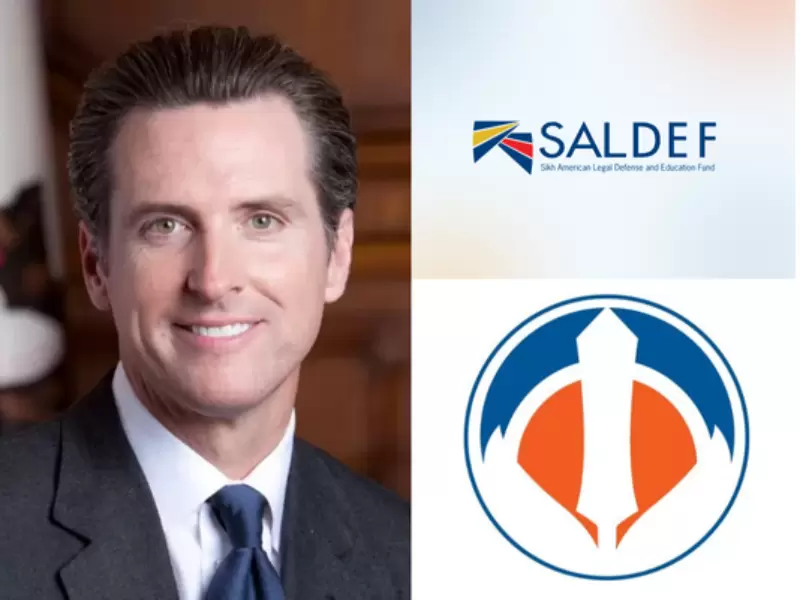
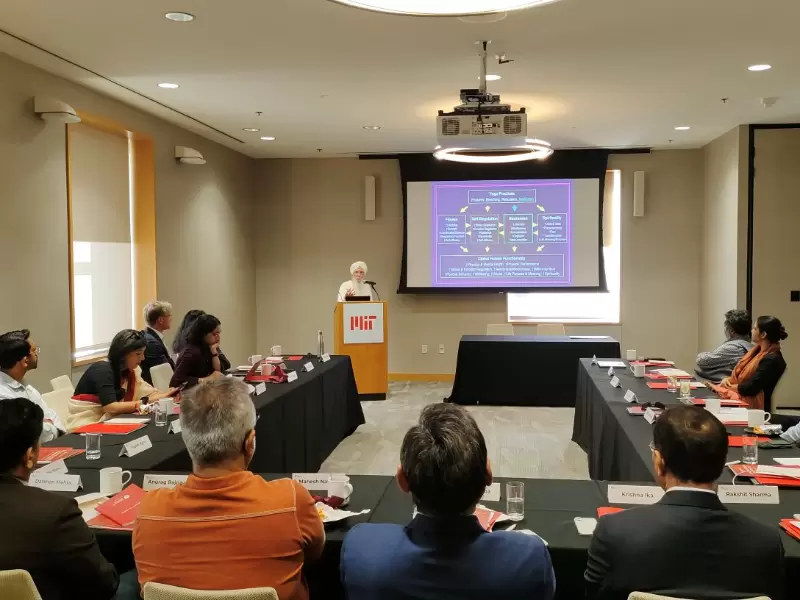


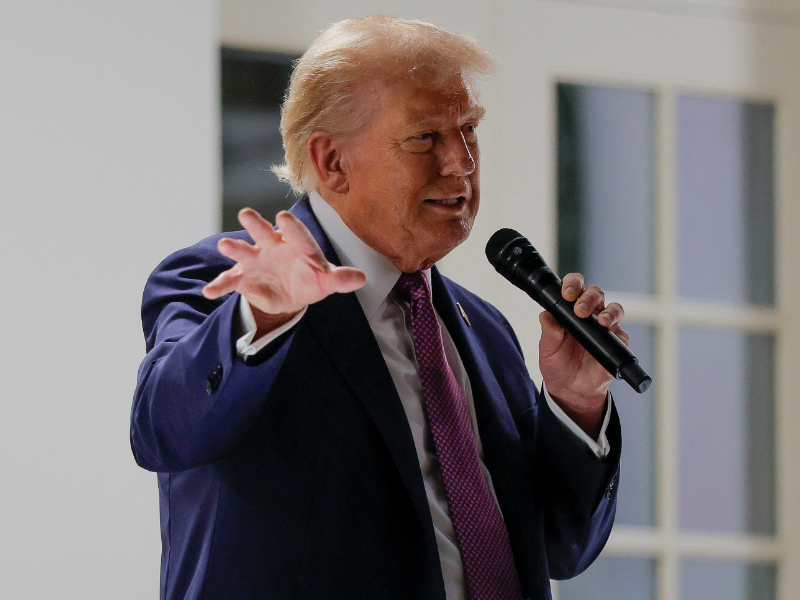



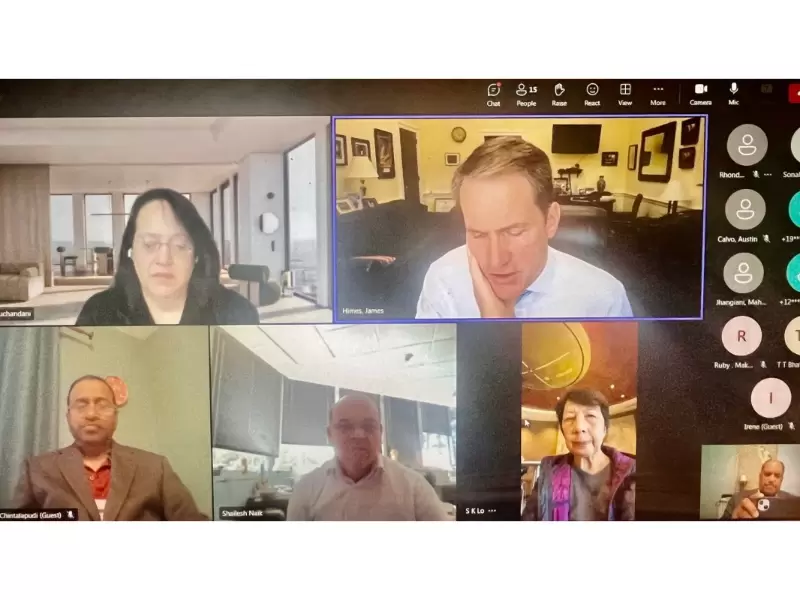



Comments
Start the conversation
Become a member of New India Abroad to start commenting.
Sign Up Now
Already have an account? Login